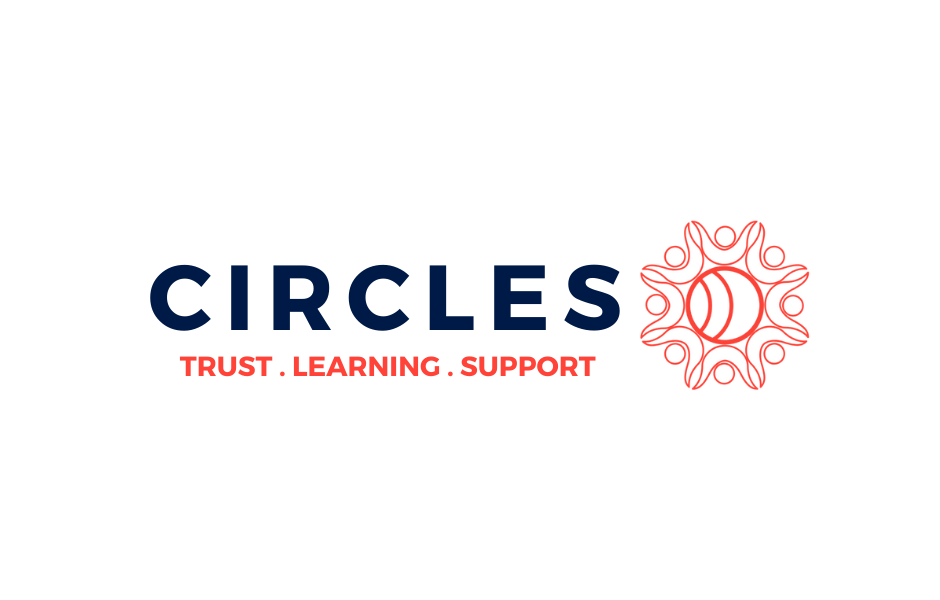COVID-19 Crisis Comms Triage Kit
Quick Links:
Open Source Examples/Resources Google Sheet
Social Media Hashtag: #Comms4Good
Get the latest public health information from CDC and NIH.
Previous Roundtables:
July 29: Virtual Roundtable: Systemic Racism, White Supremacy Culture, and Sustaining Momentum
July 21: Research Findings — How the Pandemic Changed #Comms4Good + What’s Ahead for the Field
July 15: Virtual Roundtable: Rebuilding Better
June 17: Virtual Roundtable: Inclusive Communications When the World is on Fire
June 2: Virtual Roundtable: MLK Advisor Dr. Clarence B. Jones on Racism, Protests, and the Path Ahead
June 1: Virtual Roundtable: Responding to Racial Injustice
May 20: COVID-19 Virtual Roundtable: Why Community Matters and How to Build It
May 13: COVID-19 Virtual Roundtable: Digital Advocacy during COVID-19
April 22: COVID-19 Virtual Roundtable: Making Meaningful Connections Across Difference and Spaces
April 17: COVID-19 Virtual Roundtable: Writing Clearly and Concisely
April 10: COVID-19 Virtual Roundtable: Framing for Change During COVID-19
April 3: COVID-19 Virtual Roundtable: Managing Remote Work
April 1: COVID-19 Q&A with Dr. Richard Wenzel
March 27: COVID-19 Virtual Roundtable: Media Coverage: How to Consume and Share News Responsibly
March 25: COVID-19 Virtual Roundtable: Leadership Communications
March 18: COVID-19 Q&A with Dr. Richard Wenzel
March 17: COVID-19 Virtual Roundtable: Crisis Communications 101
Coronavirus Crisis Comms Triage Kit:
We’ve started a Coronavirus Crisis Comms Triage Kit — to share and crowdsource best practices, resources, and examples of effective crisis comms from foundations and nonprofits covering many of the tasks you’re likely attending to.
It will be better with your help and contributions.
Please use it, share it, add to it and help us make it useful, clearer, and better — in the spirit of being helpful, it is open source and available to anyone — not just Network Members
*This is a live, evolving, open crowd-sourced document. Please add examples, links, tools here.
The Basics
When communicating about the novel coronavirus, COVID-19, how can you be clear and effective? What are the basics? How can your messaging help and not harm? Here are some crisis communications tips and examples.
BRIEF MESSAGING
Best practices for crisis/emergency communications
Brevity.
Facts.
Clarity.
Calm.
Perspective.
Lead with and focus on the facts so people know what to do. Don’t recommend 15 different directions for people to go in.
Be clear and explicit. Don’t create more noise and confusion by editorializing or injecting your opinion.
Here is an example of a message with clear info (bolded, bulleted, follows health officials recs) from Surdna Foundation. Here is another example of thoughtful, community-oriented messaging from the Walter & Elise Haas Fund.
See the CDC’s Crisis Communications Handbook.
Communicate equity and inclusion from the beginning. Many Asians are experiencing increased racism and xenophobia. Do not use the term “Chinese virus” or the like. Communicate explicitly to your employees and leadership team that at your organization only the terms Coronavirus or COVID-19 will be used.
When communicating about COVID-19, it’s important to use an equitable and inclusive lens. Misinformation about COVID-19 can create fear and hostility that hurts people and makes it harder to keep everyone healthy. Here’s a list of COVID-19 – Racial Equity & Social Justice Resources from Racial Equity Tools
CANCEL OR POSTPONE IN-PERSON MEETINGS, GATHERINGS, AND EVENTS
Out of an abundance of caution, and in order to be good neighbors, we suggest you cancel any plans to meet in person starting now.
Consider virtual gatherings or conference calls, it’s important to help our communities come together and share information. Here are some tools:
Zoom (free accounts for meetings up to 45 minutes)
Google Hangout (good for smaller groups)
Here is an example of a conference postponement from NTEN and another from PEAK Grantmaking. Here is an example of moving an in-person gathering to online from ComNetworkDENVER and another from ComNetworkDETROIT.
LOOK TO & AMPLIFY CREDIBLE EXPERTS
Don’t contribute to the noise with your opinion or perspective, focus on the facts
Only quote vetted medical experts from the CDC, WHO, and NIH
Lend your audience to the CDC, WHO, and NIH right now. Amplify their message by sending it verbatim to your community.
Here is an example of amplifying the CDC from the Nonprofit Times and an example of sharing resources from credible health officials from the Skillman Foundation.
FOLLOW EXPERT RECOMMENDATIONS WITH URGENCY
Understand and act as if this is an emergency, because it is.
Do whatever you can to flatten the curve.
Here is an example of following recommendations clearly and with urgency from the Colorado Health Foundation and another from the Nathan Cummings Foundation.
LEAN ON AND SHARE WITH THE NETWORK
We encourage you to share resources and examples with The Network by adding to this document or to this sheet.
Does your organization have a new travel policy or new event protocol — share it here.


